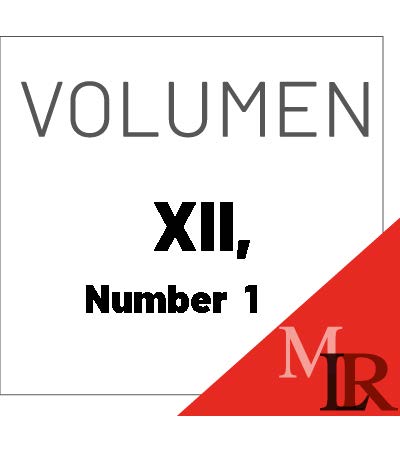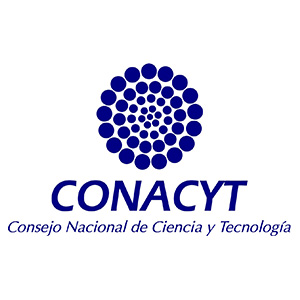Difficulties in Identifying Unaccompanied Refugee Children in Mixed Migration Flows: The Case of Mexico and Central America
Main Article Content
Abstract
This article aims to study and analyses the different problems, realities and challenges faced by children and adolescents that require international protection in the case of Mexico and Central America. This is due to the fact that the phenomenon of human mobility from a human rights perspective has not been a priority in the Americas region. On the contrary, this phenomenon is seen from a national security perspective, which causes that children and adolescents who require international protection are unnoticed as a result their human rights are easily attacked making them vulnerable. Due to international laws on refugees, this article proposes to find possible solutions to protect their human rights and rights recognized by refugee law. Firstly, the identification of unaccompanied refugee children and adolescents within the mixed migratory flows in the case of Mexico and Central America. Secondly, it also aims to find possible solutions to give them access to the asylum procedure as a result to protect their rights such as non-refoulement and the best interests of the child. Rights not only recognized by international refugee laws, but also by international human rights law, which are mandatory and part of the international obligations on those countries of study.
Article Details

Este obra está bajo una licencia de Creative Commons Reconocimiento-NoComercial-SinObraDerivada 4.0 Internacional.




















